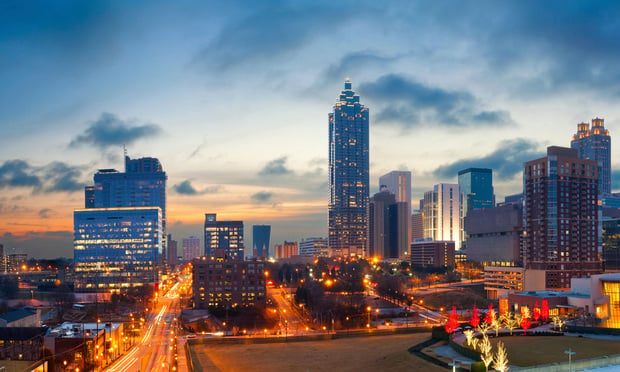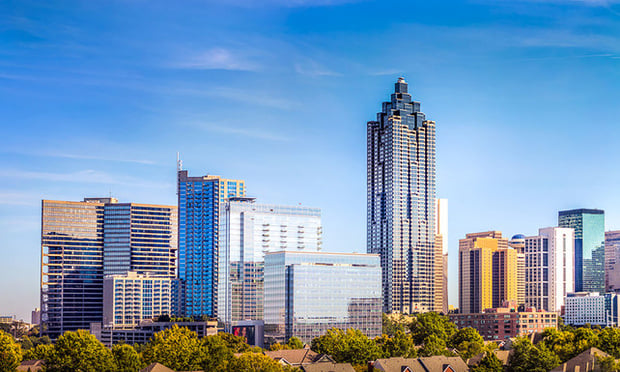ATLANTA—In 2016 the greatest share of multifamily property originated loans, approximately $105 billion or 39% of total dollar volume, went to Fannie Mae and Freddie Mac. That's according to the Mortgage Bankers Association.
“We expect this marketplace momentum to continue through 2017 and for several years ahead,” Ed Hussey, head of Multifamily Production for Pillar Financial, a division of SunTrust Bank, tells GlobeSt.com. “Fortunately, both Freddie Mac and Fannie Mae are incentivized by their regulator to source capital to maintain and rehabilitate the existing stock of multifamily properties in the US to provide affordable rental housing for those making less than average Area Median Income.”
Working closely with the agencies, Pillar is actively originating acquisition and refinancing loans for investors, owners and operators that are buying and rehabilitating quality, sustainable multifamily properties around the country. In September, Pillar originated more than $100 million with Freddie Mac to refinance several workforce housing properties in Southeast Michigan where so many of the state's businesses and industries are located. Hussey says these circa 1970-1980 properties are well-maintained and have received favorable reviews for their affordable, green renovations.
“It is important to note that Fannie Mae and Freddie Mac have had tremendous success with their green financing products for workforce housing transactions,” Hussey. “These financing products reward borrowers with beneficial loan pricing to acquire and rehabilitate multifamily properties with energy efficient improvements.”
According to Fannie Mae, tenants who live in these updated, green properties are projected to save hundreds of dollars on an annual basis. As an example of green workforce financing, Hussey point to more than $23 million Pillar originated via Fannie Mae's Green Rewards Program in October to refinance two workforce housing properties located in Indianapolis, Indiana. Both properties have direct access to Interstate 465, the beltway that circles the city, and both target renters who earn approximately 80 percent of the area's medium income.
“In addition to workforce housing needs, we recognize renters' lifestyle choices also are driving demand for new and updated multifamily properties that are located in walkable environments in both urban and suburban areas,” Hussey says. “More and more renters, especially Millennials and those who can't afford to buy exactly where they want to live, are renting units in properties located along public transportation stops or located within walking distance of their work, popular restaurants and grocery shopping centers. Many renters have indicated they will downsize to smaller properties to locate in communities that offer walkable environments and are closer to work.”
Want to continue reading?
Become a Free ALM Digital Reader.
Once you are an ALM Digital Member, you’ll receive:
- Breaking commercial real estate news and analysis, on-site and via our newsletters and custom alerts
- Educational webcasts, white papers, and ebooks from industry thought leaders
- Critical coverage of the property casualty insurance and financial advisory markets on our other ALM sites, PropertyCasualty360 and ThinkAdvisor
Already have an account? Sign In Now
*May exclude premium content© 2024 ALM Global, LLC, All Rights Reserved. Request academic re-use from www.copyright.com. All other uses, submit a request to [email protected]. For more information visit Asset & Logo Licensing.









